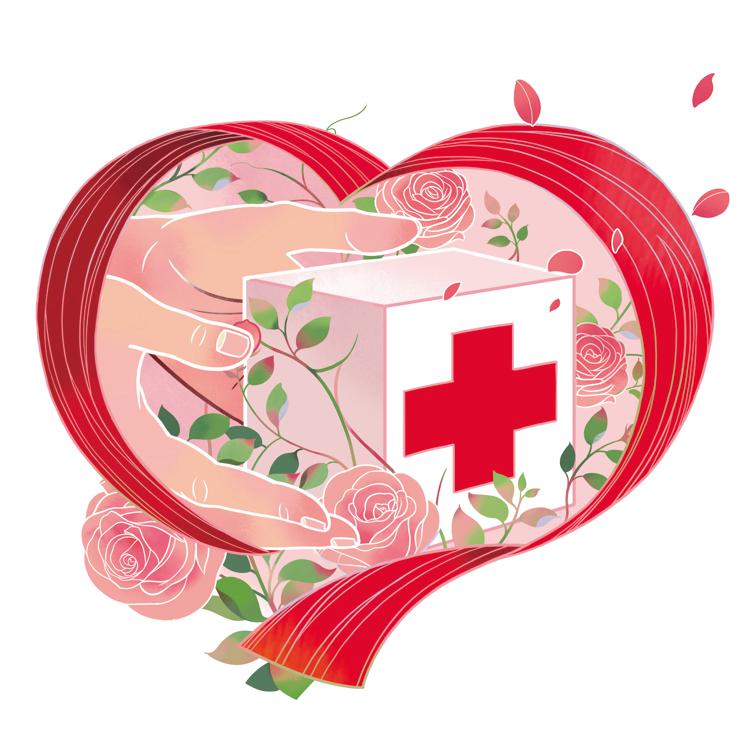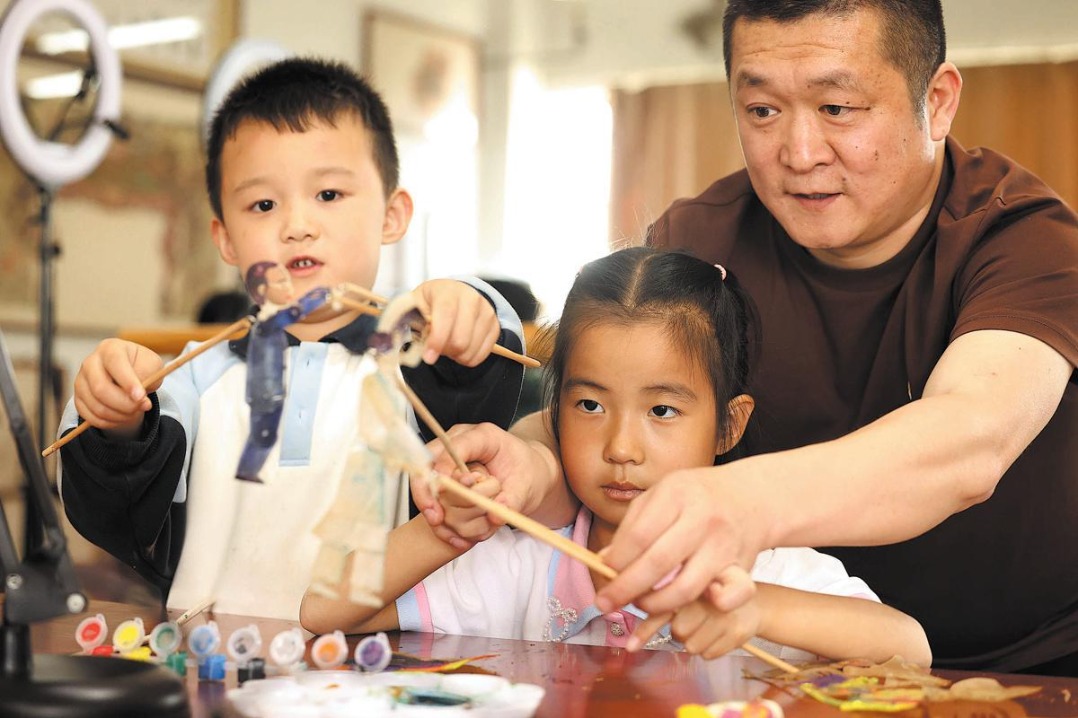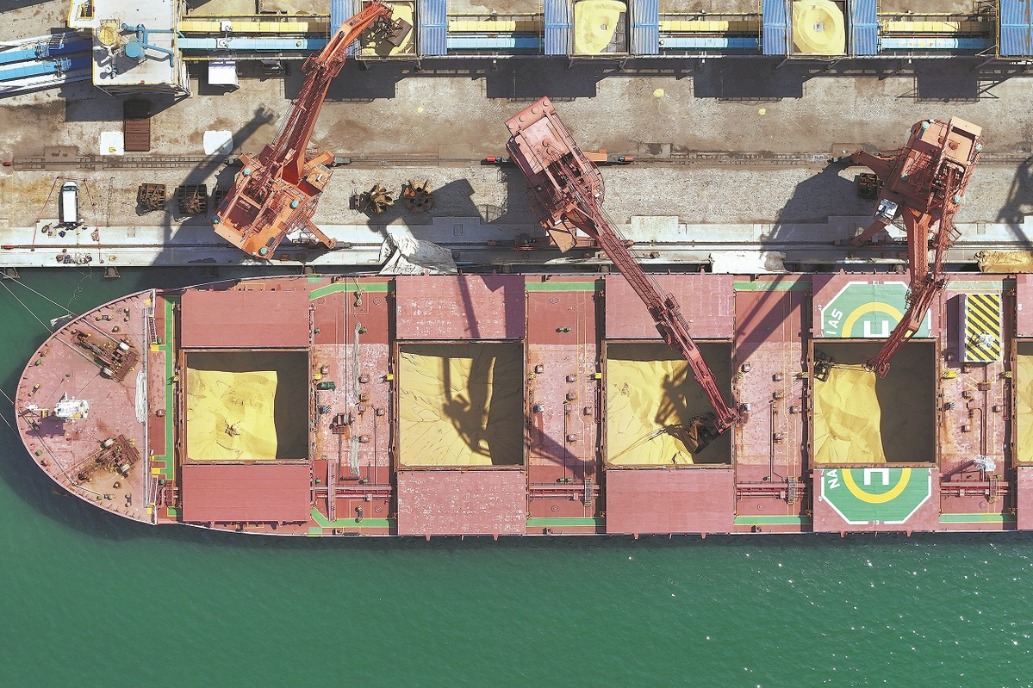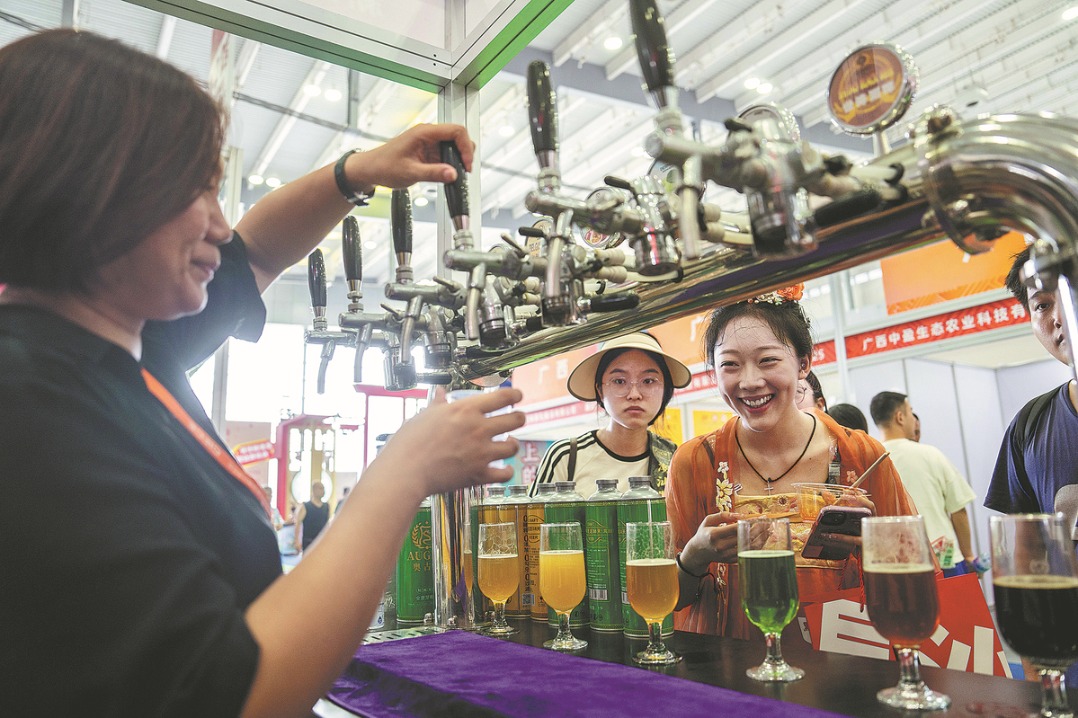Way to well-being
Building Health Silk Road is creating more development opportunities for Belt and Road countries as well as tangible benefits for their people


Building Health Silk Road is creating more development opportunities for Belt and Road countries as well as tangible benefits for their people
This year marks the 10th anniversary of the China-proposed Belt and Road Initiative. Building a Health Silk Road is a crucial part of the high-quality development of the BRI, and a vivid example of China's participation in global public health governance.
Over the past decade, China has made notable progress in building a Health Silk Road. From sending medical teams overseas to training healthcare professionals for other countries, from providing medical aid to promoting traditional Chinese medicine, China has deepened cooperation with other countries in public health and worked with other countries to implement the vision of building a global community of health for all. By the end of June this year, China had signed a memorandum of understanding with the World Health Organization on health cooperation in Belt and Road countries, inked deals on health cooperation with more than 160 countries and international organizations, and launched or taken part in nine international or regional health cooperation mechanisms, including those with Africa, the Arab states and the Association of Southeast Asian Nations.
However, rising global political and economic uncertainties pose severe challenges to the development of developing countries. A report released by the United Nations in July shows that among the around 140 specific goals of the United Nations 2030 Agenda for Sustainable Development, only 15 percent were on track to be achieved in the next decade. The report said progress on nearly 50 percent of the targets was weak and insufficient, and worst of all, the world has stalled or gone into reverse on more than 30 percent of the SDGs. UN Secretary-General Antonio Guterres said in the report that among the 104 countries surveyed, 80 percent had seen the largest decline in childhood vaccinations in 30 years, and more people had died of tuberculosis and malaria. Therefore, building a Health Silk Road faces some daunting challenges.
First, uneven economic development. Most of the countries involved in the BRI are developing ones, where economic and social development is relatively backward. People in some countries even face the dual problems of a food shortage and a nutrition imbalance, which impede the improvement of the health of local residents. Also, there are marked disparities in health and medical services among countries involved in the BRI. According to WHO statistics, noncommunicable diseases, such as cardiovascular diseases, cancers, chronic respiratory diseases, and diabetes, kill 41 million people each year, equivalent to 74 percent of all deaths globally. Of all deaths attributable to noncommunicable diseases, 77 percent are in low- and middle-income countries. The rapid rise of NCDs is predicted to impede poverty alleviation initiatives in low-income countries, particularly by increasing household costs associated with healthcare.
Second, healthcare services need to be improved. Less developed countries and regions participating in the BRI are plagued by weak medical facilities and healthcare services, lack of medical equipment and supplies, as well as insufficient managerial expertise. Meanwhile, backward infrastructure hinders the improvement of local medical capacities. For instance, some countries are plagued by power shortages and weak public transport systems, while their poor economic foundation fails to provide the funds needed to improve health facilities.
Third, the shortage of medical professionals. Talent is an essential factor for building a Health Silk Road. In less developed countries, weak medical education and training capacities are major impediments to cultivating local medical talent and attracting foreign health professionals.
In the next decade, the Health Silk Road should focus on improving the health and life quality of people in countries participating in the BRI. To this end, broader economic and trade cooperation as well as deeper collaboration in technology and healthcare sectors should be carried out among the Belt and Road countries.
First, to promote dialogues and exchanges in public health and to bridge the gaps in knowledge and technology. It is important to promote policy dialogue and experience sharing and foster closer ties among Belt and Road countries in the health sector through a mechanism led by governments and participated in by enterprises, institutions of higher learning and research institutes. For example, BGI Genomics has recently signed a memorandum of understanding with the Public Health Authority of Saudi Arabia, in which the two sides commit to further extending their joint efforts on the screening and detection of infectious diseases to allround cooperation in the fields of reproductive health, early screening of cancer, scientific research projects and talent cultivation, thus injecting new impetus into the public health cause in Saudi Arabia.
Second, to improve the life quality of people in BRI partner countries. China's advancements in health-related technologies and industries can help BRI partner countries in biotechnology, genomics, and precision medicine. Efforts should be made to expand cooperation in the prevention and early screening of diseases to achieve low-cost and efficient screening on a massive scale so as to improve the life quality of people in Belt and Road countries. Take colorectal cancer for instance. Early screening of the disease could significantly reduce the incidence rate and death rate.
The technology of early screening of intestinal cancer developed by BGI Genomics is able to evaluate a person's risk of contracting intestinal cancer and having precancerous lesions. Massive early screening can solve the shortages in colonoscopy resources and capable testing staff. In Uruguay, where the incidence rate of rectal cancer is high, 54 percent of patients are diagnosed in terminal stage of the disease. BGI Genomics upgraded the Huo-Yan testing laboratories built during the COVID-19 pandemic in Uruguay into facilities used for the early screening of intestinal cancer, genetic testing of hereditary tumors, diseases screening of newborns, non-invasive prenatal genetic testing, and the testing for infectious diseases. It has set an example for bolstering the medical testing capacities of developing countries.
Third, to enhance the cultivation and training of medical workers in Belt and Road countries. China has helped countries participating in the BRI train tens of thousands of health and medical professionals relying on mechanisms and platforms such as the Belt and Road Health Professionals Development Alliance, the Belt and Road Hospital Cooperation Alliance, the Belt and Road Health Policy Research Network, and the China-ASEAN Human Resources Training Program of the Health Silk Road. China has established pairing-up cooperation with 46 hospitals in 41 countries and built 25 key clinical specialties centers. In addition, Chinese medical services providers have proactively carried out global cooperation, and helped cultivate medical professionals in other countries while improving local healthcare capacities.
Fourth, to cooperate with Belt and Road countries in medical aid and disease treatment. During the COVID-19 pandemic, accurate virus testing proved to be critical for the effectiveness of prevention and control efforts. When the virus raged, BGI Genomics sent testing equipment to Serbia, Saudi Arabia, Thailand and other countries, and now the virulence of the pandemic has waned, we have assisted these countries in building accurate testing capacities, making positive contributions to improving the health of local people.
As Belt and Road cooperation enters its second decade, public health — a common concern of people of all countries — also serves as a key bridge that connects hearts and minds. To enhance cooperation in the health sector will bring more development opportunities for Belt and Road countries and create tangible benefits for their people. This is a concrete action of China to improve global public health.
The author is the chief executive officer of BGI Genomics. The author contributed this article to China Watch, a think tank powered by China Daily. The views do not necessarily reflect those of China Daily.
Contact the editor at editor@chinawatch.cn.


































